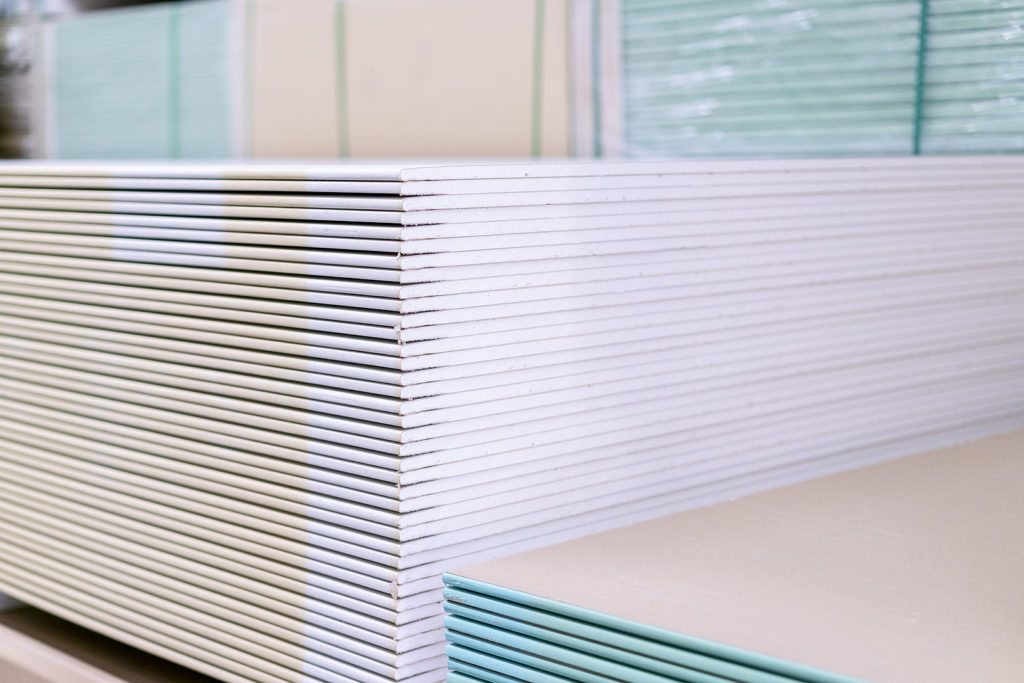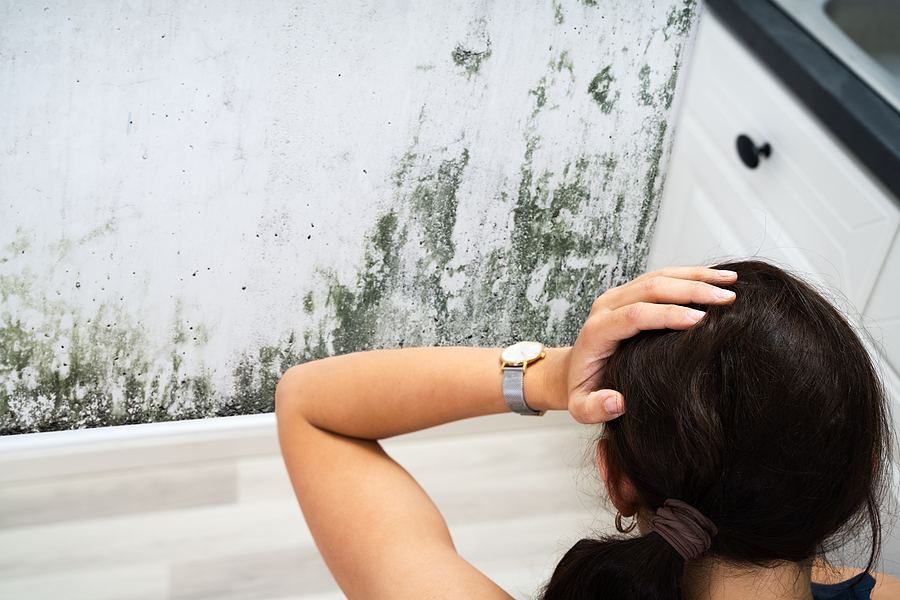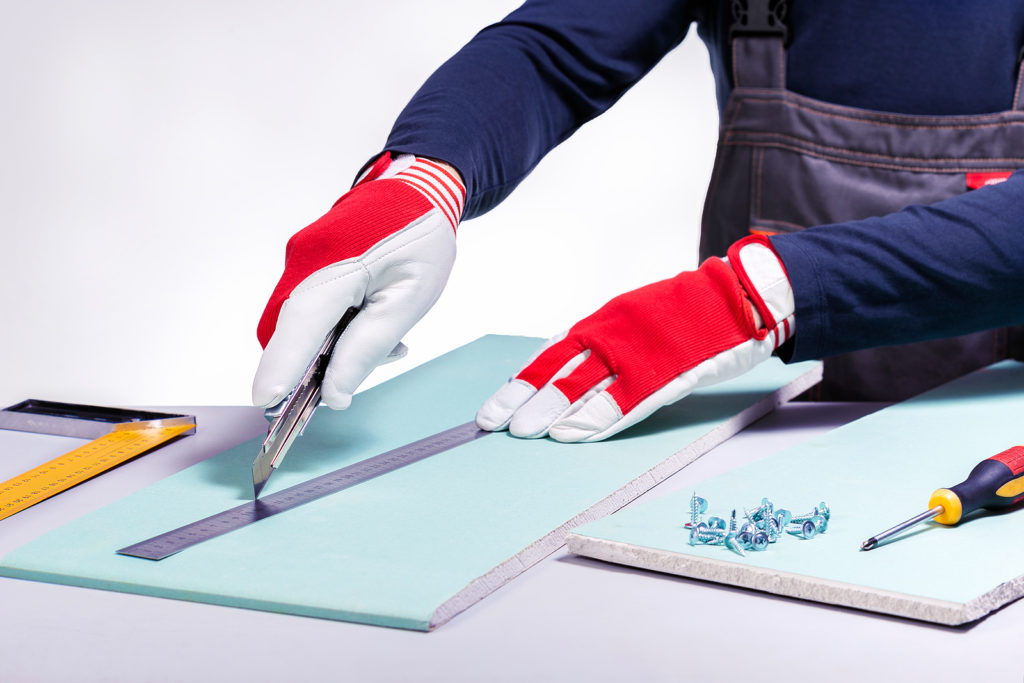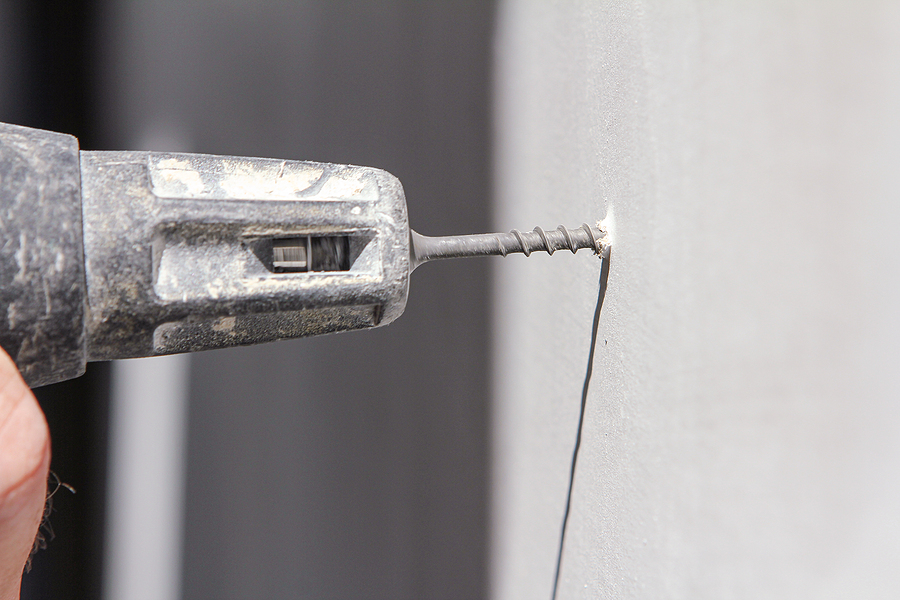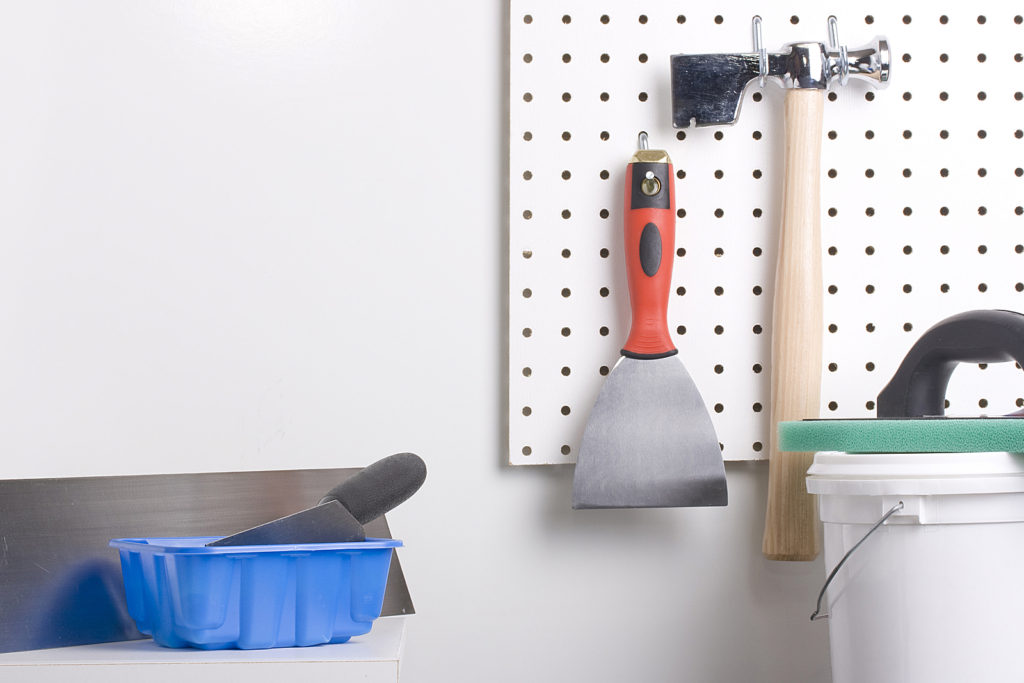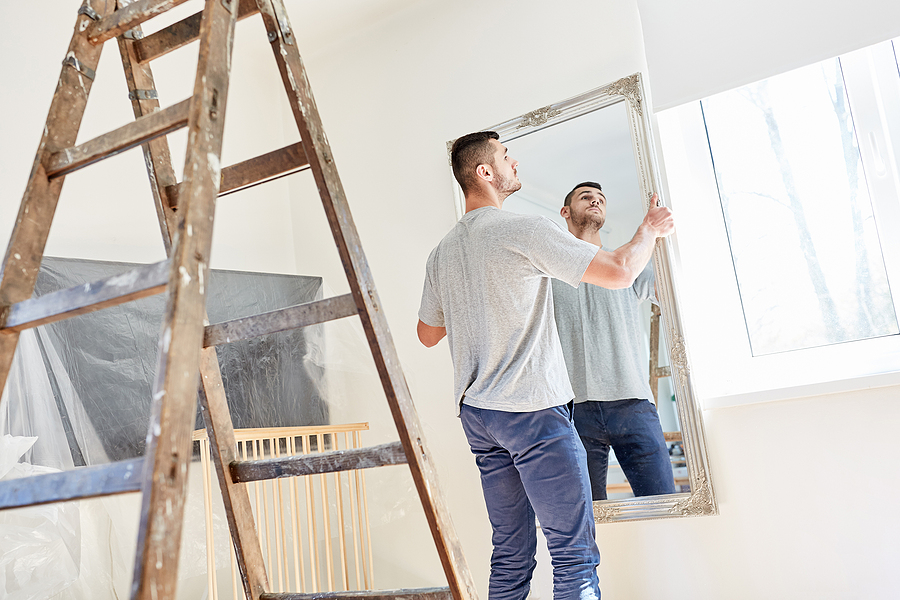Let’s face it; wallpaper is not really a modern design. Unless you’re going for a high-end, funky or retro interior feel, the wallpaper in your home or office likely bothers you. Fortunately, with the right wallpaper removal supplies and products, you can easily detach old wallpaper and renovate your walls with traditional drywall refinishing and painting service. Not sure which items to buy for wallpaper removal?
Continue reading to learn some tips on choosing the proper wallpaper removers for your intended project, as well as some additional information about removing wallpaper you’ll need to know.
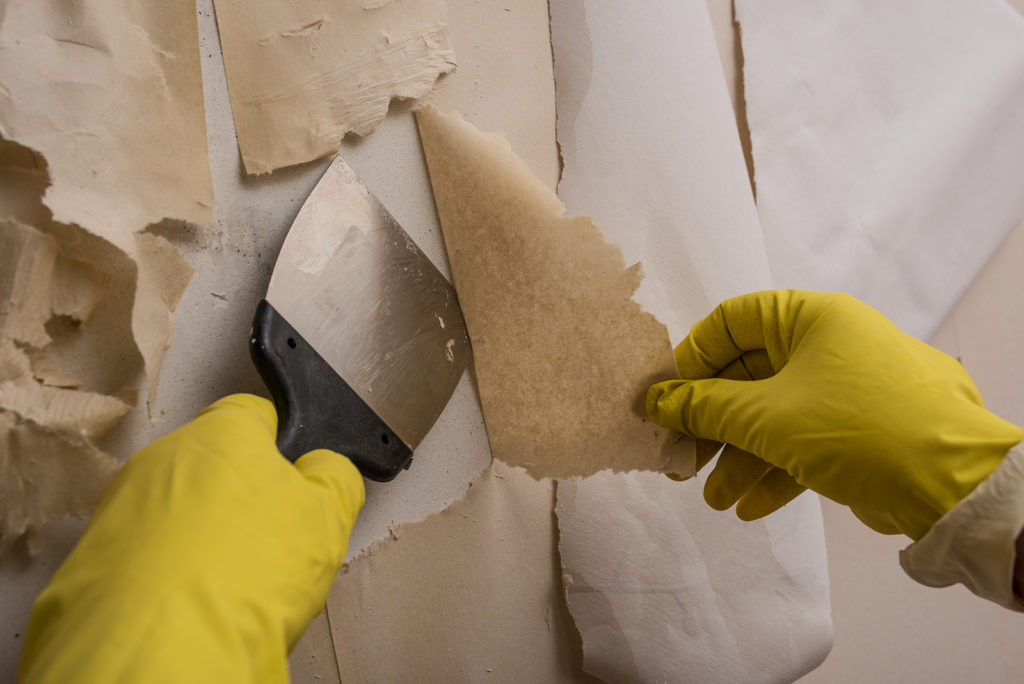
Common Types of Wallpaper
When you go shopping for wallpaper removal items, you will immediately take notice that there are hundreds of options to choose from. But each tool and product are specifically designed for certain type of wallpaper removal. So, get to know what type of wallpaper you’re removing first in order to choose the right supplies for your project. For instance, if you are removing temporary wallpaper, you might not need heavy-duty supplies. If you are removing strippable wallpaper, you might need some additional supplies to get the job done. And if you are working with vinyl or water resistant wallpaper, you can expect to use all the recommended supplies and some elbow grease.
What You Need to Remove Old Wallpaper
The level of complexity for your wallpaper removal job will depend on several variables, primarily how old wallpaper is, and the quality of the preparation job done prior to installing it. Basically, the newer the wallpaper and the better prepped wall it was applied on, the easier it will be to take off. If your wallpaper is 20 years old or more, you can expect it to be a little bit more work. Fortunately, with the right supplies you can remove old wallpaper with ease. The top items you will need include a scraper, scorer, steamer, and some solvent.
► Solvent – All moderate to heavy-duty wallpaper removal projects will require the use of the wallpaper removal solvent. These solutions help break down the adhesive used to install the wallpaper, thus allowing easier peeling, scraping, and overall removal.
► Scraper – Regardless of the type of wallpaper you are removing, you are going to need a scraper. There are many types of scrapers to choose from, all ranging in different sizes, designs, and quality. Simply choose a scraper that fits your hand well and is within your budget. If you plan to remove a lot of wallpaper, consider purchasing a scraper with a removable and replaceable blade so you always have a sharp tool to work with.
► Scorer – For wallpaper that is well secured to the wall, a scorer tool will help the removal process. Scorer cut several tiny incisions into the wallpaper, which allow wallpaper removal solutions to penetrate faster and work better.
► Steamer – A steamer is an excellent tool when wallpaper removal solvent is not enough to break down the adhesive between the wall and the wallpaper. A steamer will penetrate the old wallpaper, and generate hot steam between the layers, which makes peeling and scraping away the old material much easier. Keep in mind though, this is a pricier tool compared to the rest.
Are you having trouble with your wallpaper removal project? Contact Drywall by Local Builders at 317-269-7319 for professional drywall repair service in Indianapolis, Indiana. We serve both residential and commercial clients all throughout Central Indiana.
You Might Also Like:
Best Practices for Removing Painted Over Wallpaper
Best Removable Wall Adhesives on the Market
How to Prep a Wall for a Heavy Mirror


